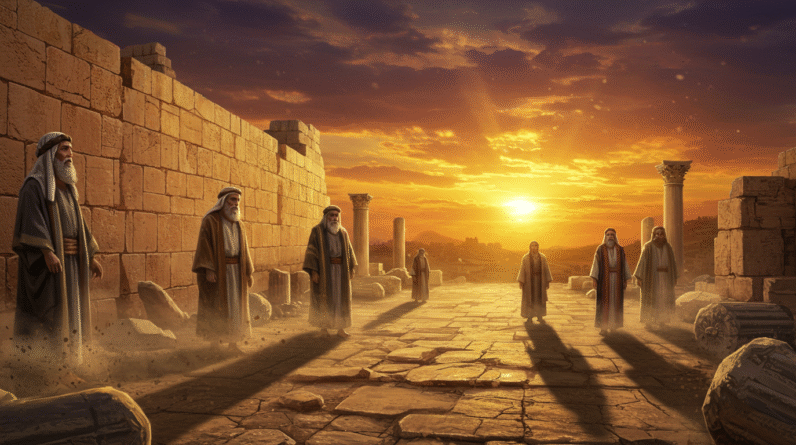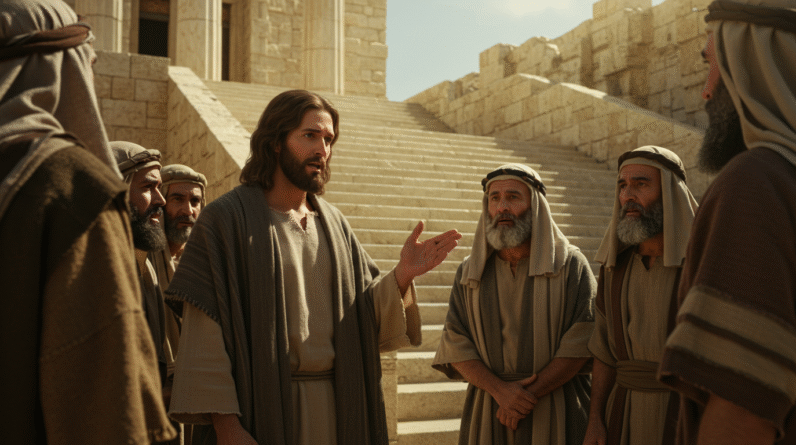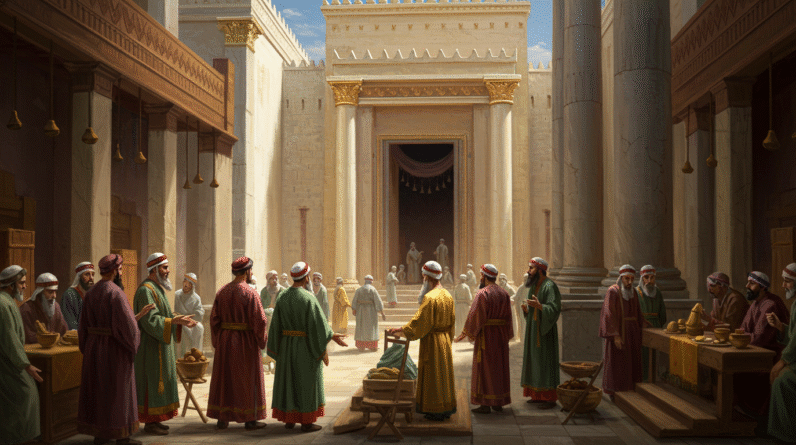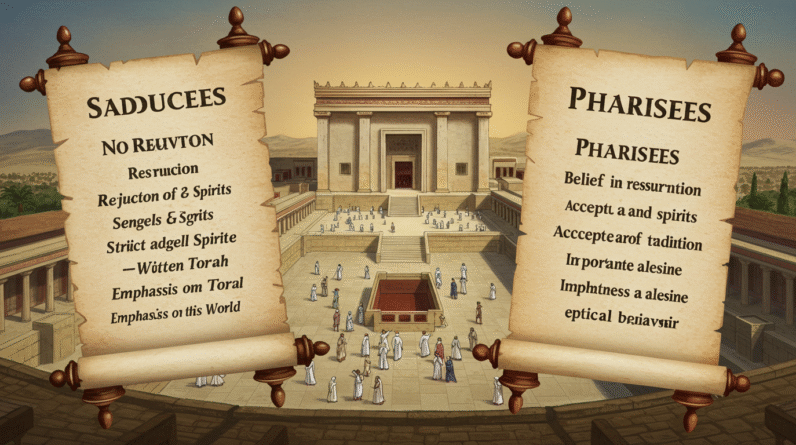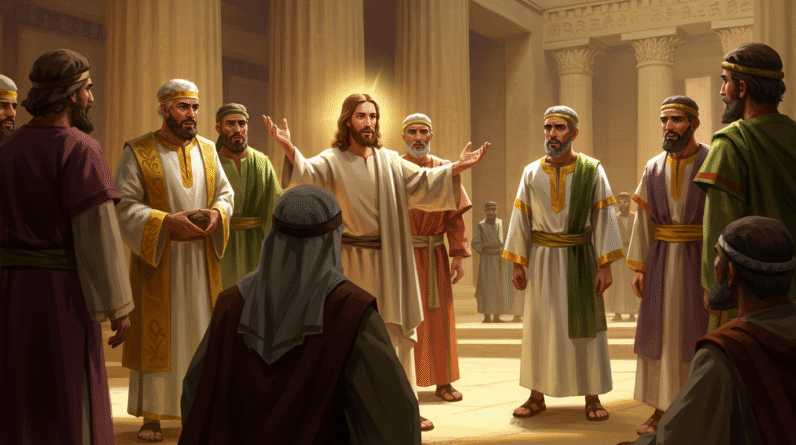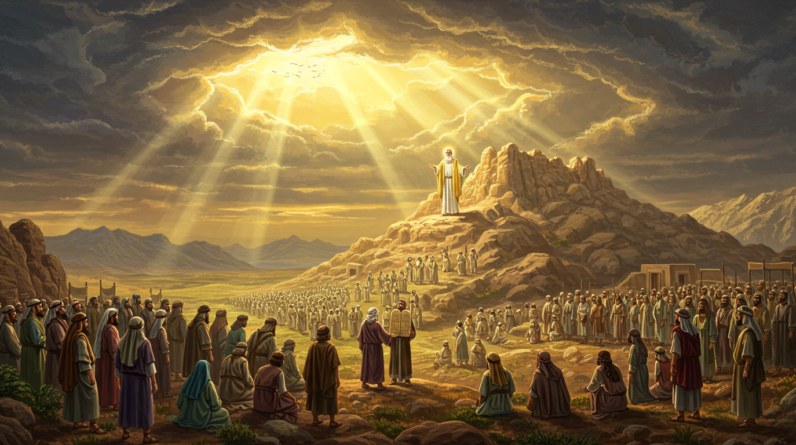Explore the deeper meaning behind the miracle of feeding the 5,000 in Matthew 14:13-21. Reflect on compassion, faith, and community in both ancient and modern contexts.
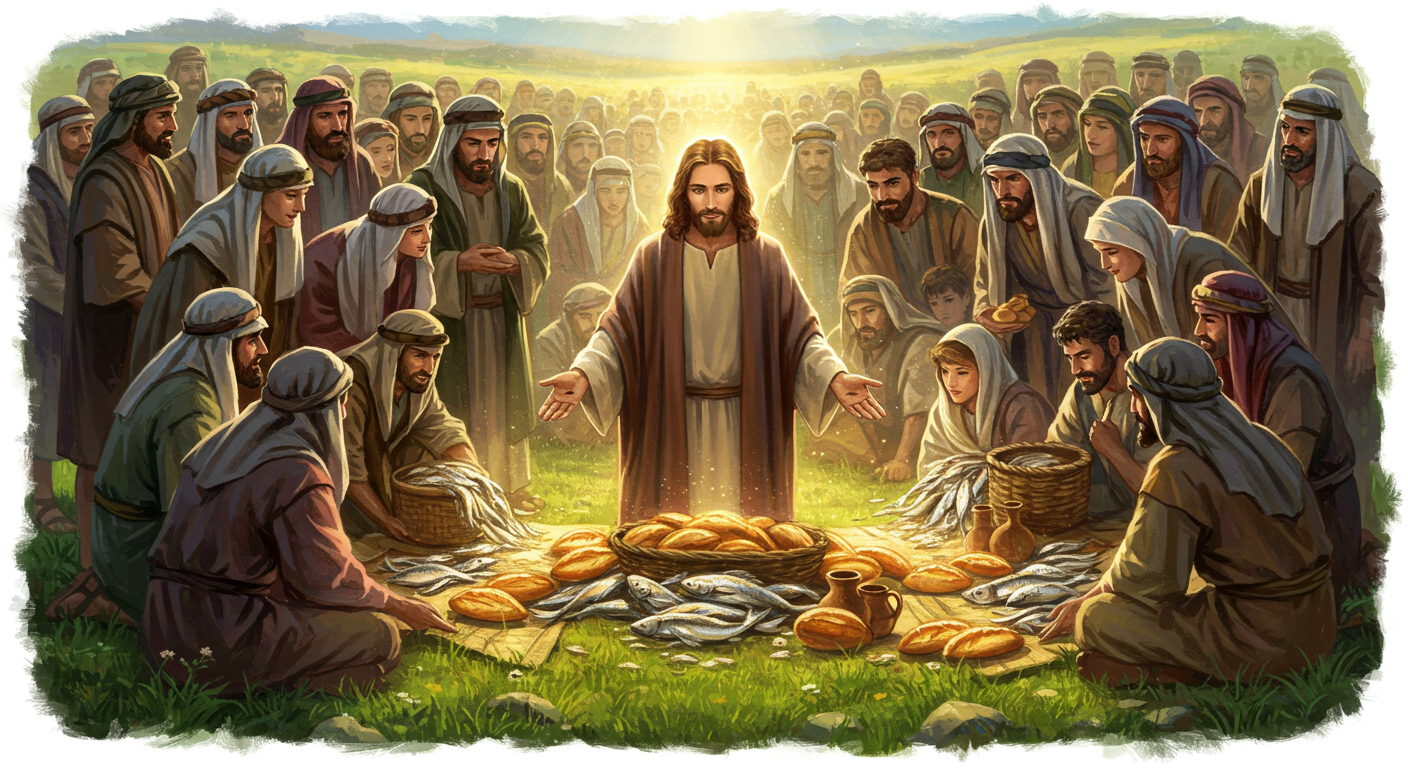
Introduction: The Crowd Interpreting the Miracle of Feeding the 5,000
You are invited to walk with me through one of the most significant and miraculous events recorded in the New Testament—the feeding of the 5,000. The tale of Matthew 14:13-21 invites you into a deeper understanding of compassion, faith, and community. This isn’t just a story about miraculous provision; it’s a reflection on how togetherness and faith meet to address physical and spiritual hunger. It’s a story that beckons you to consider your part in a world that can often feel devoid of both. You find that this passage not only speaks to ancient circumstances but resonates vividly with our modern landscape, driving a message that goes beyond the immediate miracle to an enduring sense of collective human responsibility and divine generosity.
Their Story in the Bible
In a serene yet remarkable setting, the account unfolds as one of Jesus’s most renowned miracles. After hearing of John the Baptist’s execution, Jesus seeks solitude, retreating by boat to an isolated place. However, as you may observe, solitude quickly turns into congregation as crowds, drawn by His teachings and the hope of healing, follow Him on foot from surrounding towns.
Imagine the scene: a large crowd gathered on a solitary, expansive hillside with Jesus moved to compassion as he sees their weariness and ailment. His response was concurrent with His nature—healing the sick and, soon after, feeding a multitude of five thousand men, not counting women and children, from a mere five loaves and two fishes. This miraculous provision quickly became more than sustenance; it was a beacon of hope and a testament to divine power.
As evening approached, the disciples, perhaps concerned for the people’s well-being, suggested that the crowd be sent to nearby villages for food. Jesus’s reply was both simple and profound: “They do not need to go away. You give them something to eat.” This rhetorical, almost challenging statement turns the narrative into a vivid lesson of faith, resourcefulness, and divine intervention. As the disciples obediently brought forth their limited resources, Jesus, through prayer and thanksgiving, multiplied them to abundance—feeding the vast crowd with leftovers aplenty.
Lessons from Their Experience
From this sacred encounter, a tapestry of lessons emerges for your contemplation and application. Firstly, the story underscores the power of compassion-driven action. Jesus, amidst grief and seeking solitude, still reaches out to touch lives, educating you about the profound impact of compassion, even when life feels overwhelming.
Secondly, the notion of collective responsibility takes center stage. Rather than dismiss the crowd to fend for themselves, Jesus encourages His followers to play an active role in their wellbeing. You are reminded that even when resources seem scant, collaborative effort fueled by faith can result in miraculous outcomes.
Lastly, a lesson in gratitude unfolds. As loaves and fishes transform into abundance, gratitude becomes the catalyst for miracles, inviting believers to leave a legacy of thankfulness and faith in what they possess, however little it may seem.
Connection to Today’s World
The feeding of the 5,000 speaks volumes to today’s world, grappling with global hunger, poverty, and an ever-growing chasm between abundance and need. You may find resonance in this Biblical story with modern issues—highlighting the potential for systemic change when humanity collectively rallies for a cause.
In an era defined by individual aspirations, the beauty of communal sharing and resource pooling stands out. It highlights the potential impact when diverse skills and perspectives unite for collective good, urging you to reconsider prevailing narratives of individualism and isolation. More poignantly, the narrative challenges you to contribute actively, no matter how minuscule your input feels, trusting that such efforts can aggregate to significant change.
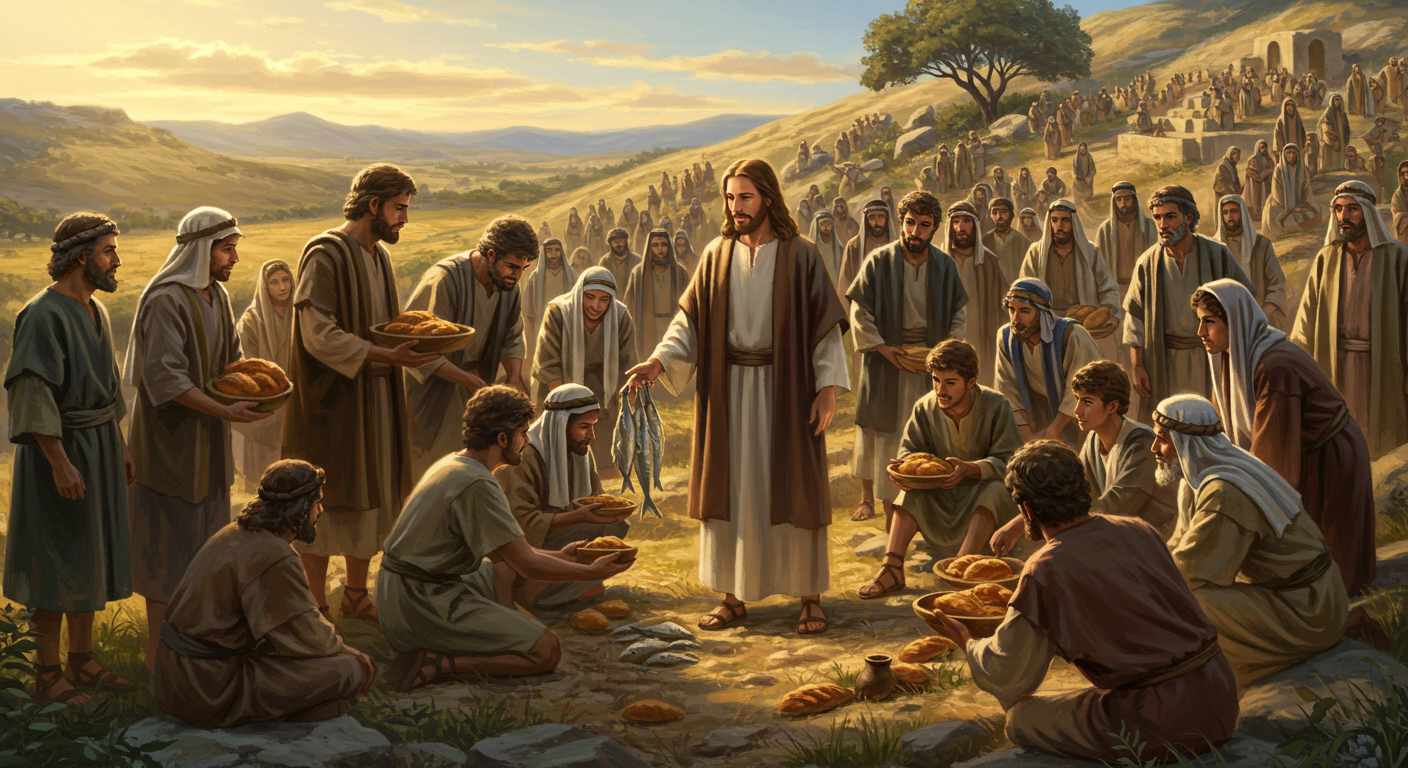
Key Bible Verse
The imagery of this miracle, drawn from Matthew 14:19, reads: “And he directed the people to sit down on the grass. Taking the five loaves and the two fish and looking up to heaven, he gave thanks and broke the loaves.” This verse beautifully encapsulates the poignancy of faith and gratitude coalescing into divine provision. It invites reflection on the importance of pausing, recognizing blessings, and seeking divine partnership in delivering solutions to human problems.
Thought-Provoking Question
In a society constantly pushing for more, this story provocatively questions: What can you do today to participate in a miracle of community provision? How can your seemingly small act of faith initiate a ripple effect of hope and abundance?
Historical/Cultural Context
Rooted in a Jewish tradition where hospitality and sharing resources were pivotal societal values, the miracle transcends cultural boundaries. The feeding of the 5,000 is not only a divine act but a reminder of enduring communal identities. The breaking of bread is a universal act that signifies fellowship and demonstrates the depth of Jesus’s teachings. In an agrarian society, a meal represented life-sustaining grace—an understanding that transforms this event into a deeply relational expression of God’s kingdom.
Comparison with Other Characters
Comparatively, you might see glimpses of this generous spirit in other biblical figures like Joseph in Egypt. Much like Joseph, who stored surplus during years of plenty to provide during the famine (Genesis 41:49-57), Jesus exemplifies foresight in faith, cultivating hope in dire circumstances.
Prayer
Let us pray: Dear Lord, may we be everyday participants in your miracles, using our resources both great and small to reflect your generosity. Inspire us to overflow with compassion and gratitude, aligning our lives with your divine will. Amen.


